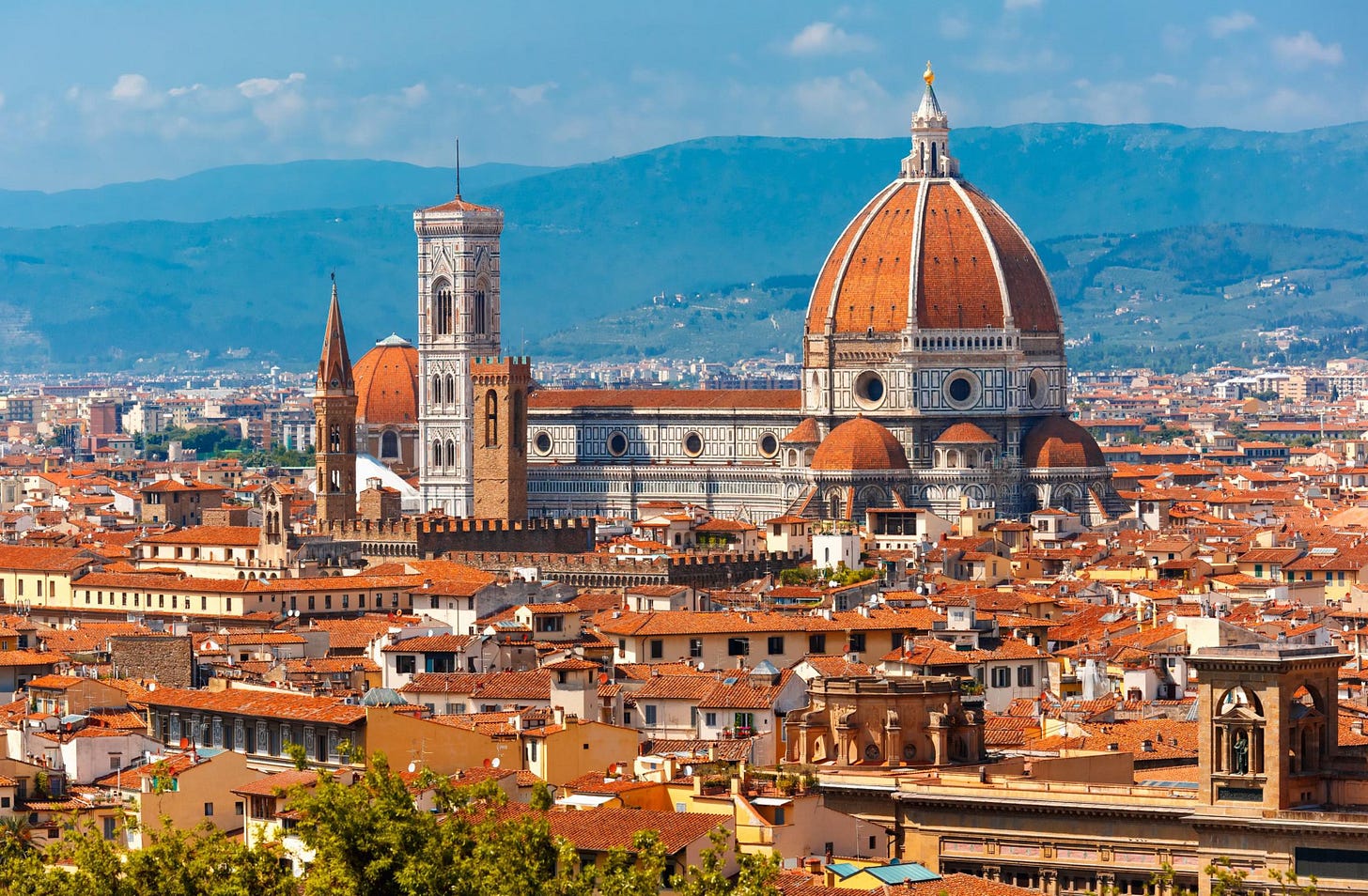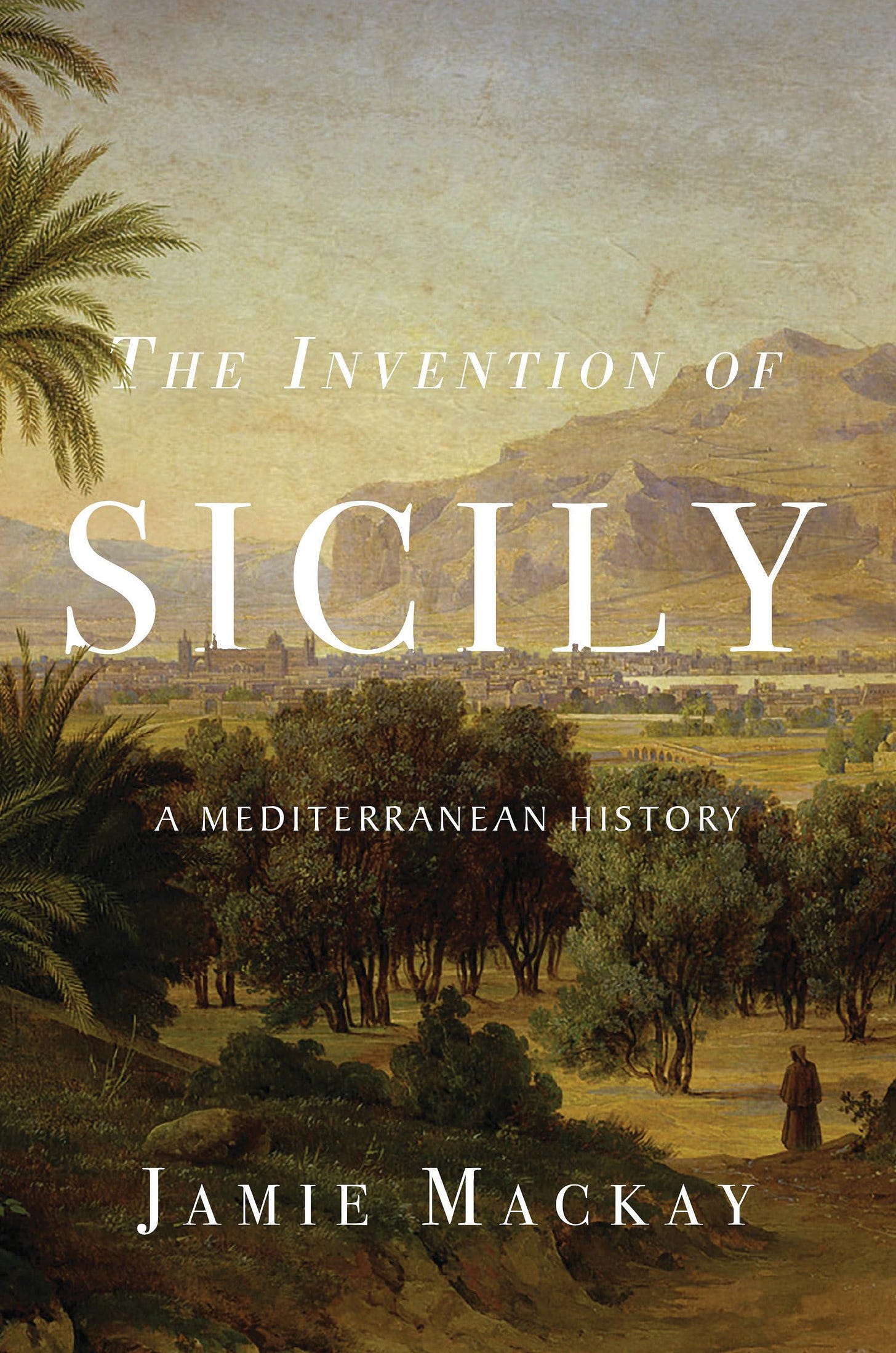This week’s top story concerns a major new development regarding the right to assisted dying. As things stand, euthanasia is “straightforwardly” illegal in Italy due to constitutional clauses which explicitly ban “murder of [a] consenting person” (article 579) and “instigation or aid to suicide” (article 580). Somewhat confusingly, however, there are exceptions to these rules. In 2019, the Constitutional Court judged that “indirect” euthanasia, by self-administered vaccine, can be permitted in certain circumstances; and while the parliament and judiciary alike have refused to “decriminalize” the procedure, times are changing, and fast. In 2022 Federico Carboni, a 44-year-old man who was paralyzed in a car accident, became the first ever person to undergo a medically assisted suicide in Italy. He died at his home, legally, by self-administering a lethal injection. On Tuesday this week, another landmark was achieved when the Region of Tuscany passed extraordinary legislation to formalize a new procedure which will allow euthanasia in certain cases. According to the new law, people will make their case to a medical and ethical commission which will have a month to evaluate the applications. In the event the committee comes to an affirmative verdict, they will oversee the whole operation (e.g. deciding on the personnel to be involved and the drugs to used.) The legislation also stipulates that the procedure will be free of charge and must be completed within one week of the verdict. While organizations such as the Catholic group Pro Vita Famiglia have accused the Tuscan Region of a conspiracy to "get rid of sick, fragile, old and lonely people," most local associations have celebrated the verdict as a victory for liberty and human dignity. There’s no space here to unpack the many ethical arguments, but the political consequences will be numerous and plenty of questions remain. How, one wonders, is the Constitutional Court going to respond? And what about the government in Rome? Are we about to face a scenario in which other Regions may follow suit, thereby opening a new battlefront between local and national administrations? Watch this space for further updates.

Tuscany’s euthanasia verdict wasn’t the only historic court decision announced this week. Over the weekend, the European Court of Human Rights (ECHR) confirmed (actually reaffirmed) its recent ruling that the Italian state is guilty of violating “the Right to life” by failing to address the widespread dumping, burying and burning of toxic and chemical waste in a territory known, sadly, as “The Terra dei Fuochi” [The Land of Fires]. This area of land, in the Campania region between Naples and Caserta, includes 90 comuni, and it’s home to 3 million people. Since the early 00s, journalists have been reporting on illegal dumping of now-approximately ten million tonnes of toxic waste there; arguably one of the worst political and environmental scandals of recent years. This is also a horribly violent story. As you might imagine, organized crime groups, the local camorra, are behind the illegal disposals and they have used physical and verbal intimidation to scare the press and whistleblowers, not to mention threatening and abusing members of civil society by setting cars alight and shooting livestock. Italy’s government has remained virtually immobile. Until now. Thanks to a campaign by ‘Stop Biocidio’, a citizens’ association that took the case to the ECHR, policy makers must now take action. The judges have found the Italian state guilty, and if the government does not take steps to actively decontaminate the zone within two years there could be fines or even, in some cases, prosecutions. For more info check out this report by Euronews.
Vista Mare, the latest film by Merano born documentary makers Julia Gutweniger and Florian Kofler is out now on streaming platforms, and it’s something that might interest any readers here who’d like to know a little more about the unrecognised labour that props up much of the Italian tourist economy. The documentary is an ethnographic exploration of one summer season along the beach resorts of the north Adriatic coast. Shot between February and October, the film follows a dozen or so workers as they prepare the beach clubs, maintain and clean bars and restaurants, pick up litter and move vast amounts of stock around. All of this labour takes place largely invisible to visitors who flock in vast numbers to enjoy tanning, swimming, lounging under umbrellas, taking part in aerobics classes, not to mention eating, drinking, dancing and, yes, excreting various bodily fluids. Gutweniger and Kofler rely heavily on some tied and tested art house tropes, mixing long deliberately boring shots with surreal imagery and grotesque melodrama. I must say I found the end result a little over-studied, but there’s a powerful message here for sure. So if you’re getting tired of the all-too-idealized vision of Italy that is so dominant on social media check out the film on the documentary platform True Story.
Arts and culture: Natura Morta
The cultural critic Jackson Arn published a provocative piece in the New Yorker this week about one of my favourite Italian artists, Giorgio Morandi. It’s worth a read, regardless of whether you’re a fan of the painter’s work. Morandi was born in Bologna in 1890 and he lived his entire life in that city, largely confined to his home where he worked tirelessly to detail the everyday objects around him. Morandi’s main subjects were pots and pans and jars and vases, and he captured them with what Umberto Eco among others has rightly called a “spiritual” precision. I, like many others, have spent many an hour contemplating the paintings which, to my mind, serve primarily as meditations on time and death. Arn, interestingly, has a slightly different take. “Morandi is not a melancholic artist!”, he insists, reflecting on two NYC shows. “On the contrary”, we’re told, his paintings are a kind of metaphysical joke; they’re lightly humorous works which aim to ridicule the very thought that “people could know any physical object well enough to imagine that it belonged to them.” I’ve got to say, I still find Morandi’s paintings remarkably, even excessively sombre. Nevertheless, Arn makes an interesting point, his essay is beautifully written and it’s always a pleasure reading about Italian still life isn’t it? So here’s the link.
You didn’t seriously think I was going to skip over this year’s Sanremo festival, did you? Come on! Yes, the music is “trash”. Yes, the skits and scherzetti are unwatchable. But like it or not, this five night long, 40+ hour contest is a mirror of the nation, and every year it reveals something uncanny about the state of Italian culture. So, how’s it looking in 2025? The hosts, Carlo Conti and Gerry Scotti are a slight improvement over the now excommunicated Amadeo, though the boomer humour and “low key” sexism remains as grating as ever. The song quality, of course, has been abysmal so far (with the notable exceptions of Noemi and Giorgia), and the spectacle has been confused to say the least. So far, the Pope has read a rambling speech from a disorganized pile of papers; Jovanotti, clearly off-his face on coke, has offered an orientalist slur about Indian performers; two singers, one Israeli and one Israeli-Palestinian, sang an Arab-Hebrew duet cover of John Lennon’s Imagine in call for peace devoid of any political content. All of which, to my mind, pales in comparison with the horror of watching the band Come Cose perform their new song ‘cuoricini’ which is about… the social media heart/like button [see below]. Sorry to report guys but this year’s festival has been a flop. At this point I’m only watching for the memes.
Recipe of the Week: Herb gnocchi w/ mid-season greens
This recipe, for dumplings with cavolo nero, is far more appetising than the name suggests. If you’re imagining some starchy, damp, healthy eating mid-week fare then think again. Mandy Lee, the chef behind the recipe, is probably one of the most exciting people working in food today, and her experimental, fusion-friendly, unashamedly decadent approach to cooking is particularly inspiring and refreshing in our age of hyper-puritanism. These gnocchi from her aptly titled book Escapism Cooking are not really Italian, though the core flavours of the cavolo nero, fennel and cheese recall Tuscany in a vague sense. Lee, however, is all about maximising flavour: she adds Dijon mustard to her impasto in a nod to Northern Europe, and she substitutes the usual porcini with the more leathery shitake mushrooms. Her cooking style is also more French than Italian, and she fries her gnocchi-dumplings in the pan to brown them before tossing through the greens (no bad thing in my book). The best thing, in any case, is to avoid asking too many questions here and simply follow her instructions to the letter. The result is the kind of dish you’d happily tuck into in a Parisian bistro or a nuova trattoria somewhere. Trust me, making this kind of food at home is guaranteed to give you a real buzz. So here’s the link.
A final note: I’m pleased to announce that my 2021 book The Invention of Sicily was released in a beautiful new paperback edition this week. If by any chance you haven’t read it, and you’re looking for something to take with you on a future trip to island, you can order a copy here.
I’m Jamie Mackay, a UK-born, Italy-based writer, working at the interfaces of journalism, criticism, poetry, fiction, philosophy, travelogue and cultural-history. I set up ‘The Week in Italy’ to make a space to share a regular overview of the debates and dilemmas, innovations and crises that sometimes pass under the radar of our overcrowded news feeds, to explore politics, current affairs, books, arts and food. If you’re a regular reader, and you enjoy these updates, I hope you’ll consider becoming a supporter for EUR 5.00 per month. I like to think of it as a weekly catch-up chat over an espresso. Alternatively, if you’d like to send a one-off something, you can do so via PayPal using this link. Grazie!





